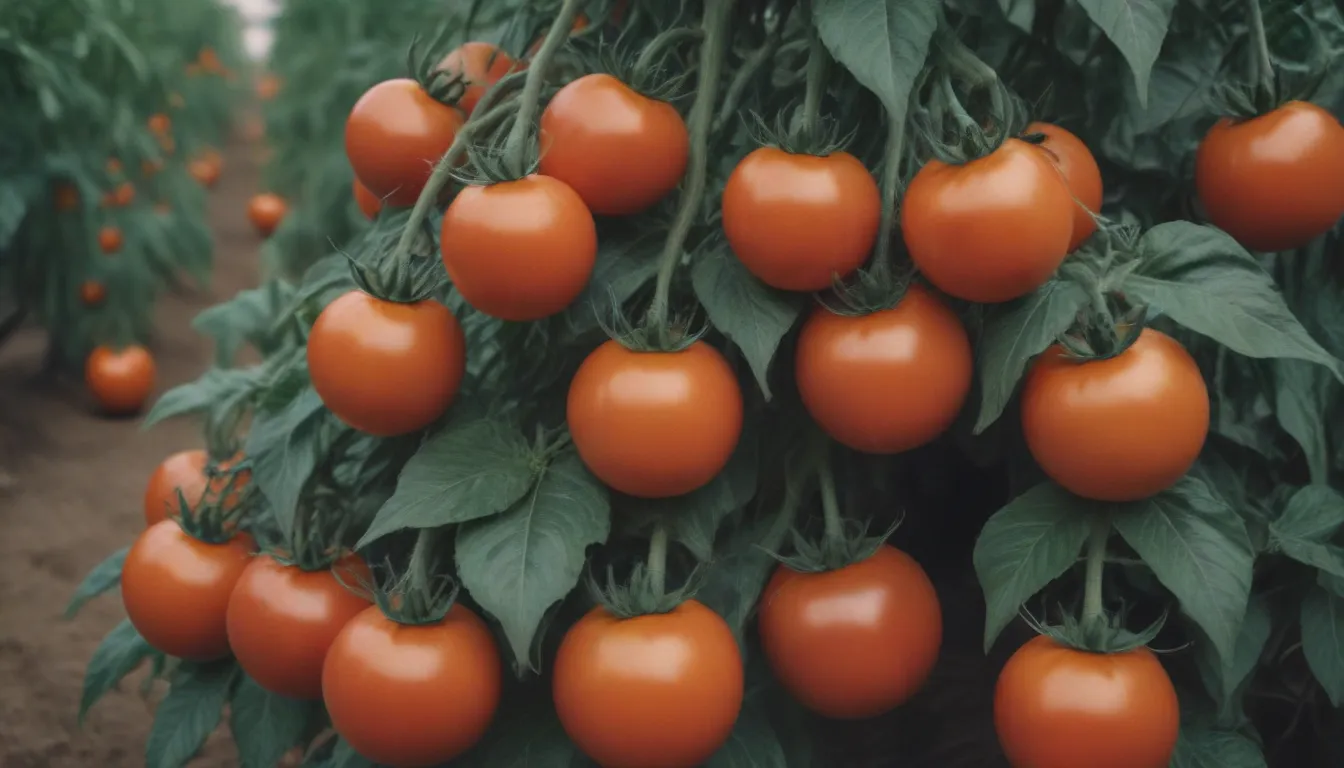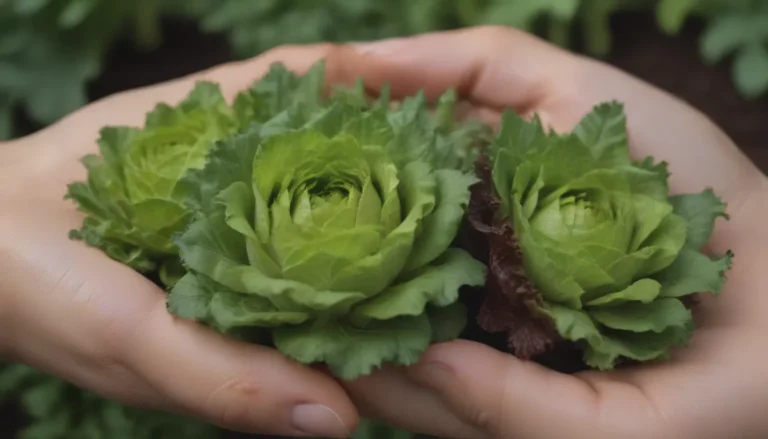The Complete Guide to Hothouse Tomatoes

If you’re a home gardener who loves tomatoes, you may be surprised to learn that you can actually enjoy these delicious fruits year-round thanks to hothouse cultivation. In this comprehensive guide, we’ll explore all things hothouse tomatoes, from what they are to how they’re grown, and how they differ from traditional garden tomatoes.
What Are Hothouse Tomatoes?
Before we dive into the details of hothouse cultivation, let’s clarify what exactly hothouse tomatoes are. Essentially, hothouse tomatoes are grown in a temperature-controlled indoor environment known as a hothouse or greenhouse. Unlike traditional garden tomatoes that rely on outdoor conditions, hothouse tomatoes can be cultivated, ripened, and harvested throughout the year, regardless of the weather outside.
It’s essential to understand that the term “hothouse” refers to the environment in which these tomatoes are grown, rather than a specific variety of tomato. In other words, any type of tomato can be grown in a hothouse. While hothouse tomatoes are not genetically modified, they are cultivated under controlled conditions to ensure optimal growth and ripening.
How Hothouse Tomatoes Are Grown
So, how exactly are hothouse tomatoes grown? Hothouse cultivation involves a process designed to replicate outdoor growing conditions within a greenhouse setting. Seeds are typically started in flats before being transplanted into planting beds once they have developed a strong root system and several sets of leaves.
In some cases, hydroponic systems are utilized for growing hothouse tomatoes. These water-based systems require significant investment, expertise in horticulture, and meticulous management to ensure successful growth. The production of hothouse tomatoes involves strict control over factors such as heat, watering, hygiene, and fertilization.
Indeterminate tomato plants are commonly pruned to one or two vines and grown using overhead trellising to support their upward growth. As the fruits ripen, they are harvested from the vines. While tomatoes are primarily self-fertile, growers often use methods such as large fans or bumble bees for pollination, as hothouses lack the natural pollination that occurs outdoors.
Differences Between Garden Tomatoes and Hothouse Tomatoes
When comparing garden tomatoes to hothouse tomatoes, several key differences become apparent. Hothouse tomatoes are more likely to be smaller, blemish-free, and perfectly ripe than their garden-grown counterparts. This discrepancy stems from the controlled environment in which hothouse tomatoes are cultivated.
Unlike outdoor garden tomatoes that are exposed to natural elements like insects, rain, and soil fluctuations, hothouse tomatoes are shielded from unpredictable conditions. Attention to hygiene and disease prevention in hothouses results in blemish-free fruits that are consistently ripe. However, indoor cultivation also presents challenges such as insect infestations and diseases specific to hothouse environments.
While studies suggest that greenhouse materials may affect the flavor and texture of hothouse tomatoes by blocking UV rays from the sun, ongoing efforts are being made to enhance the taste of these fruits. Despite these challenges, hothouse tomatoes offer a reliable supply of fresh tomatoes year-round, free from seasonal constraints.
Tips for Growing Hothouse Tomatoes
If you’re intrigued by the idea of growing your own hothouse tomatoes, here are some essential tips to get you started:
- Invest in a heated greenhouse equipped with the necessary features for tomato cultivation.
- Use a suitable growing medium and implement a trellising system to support plant growth.
- Maintain a consistent schedule for seeding, transplanting, fertilizing, and watering to ensure healthy plant development.
- Consider using fans, hand pollination, or bumble bees to facilitate fruit production within the hothouse environment.
By following these tips and staying informed about best practices for hothouse tomato cultivation, you can enjoy fresh, flavorful tomatoes throughout the year.
In conclusion, hothouse tomatoes offer a convenient and reliable alternative to traditional garden tomatoes, providing a consistent supply of fresh fruits regardless of the season. While they may not replicate the exact flavor and texture of outdoor-grown tomatoes, hothouse tomatoes present a viable option for enjoying tomatoes year-round. With ongoing efforts to enhance their taste and quality, hothouse tomatoes continue to evolve as a staple in the world of indoor agriculture.
So, whether you’re a seasoned tomato enthusiast or a curious beginner, consider exploring the world of hothouse tomatoes for a unique gardening experience that yields delicious rewards.





